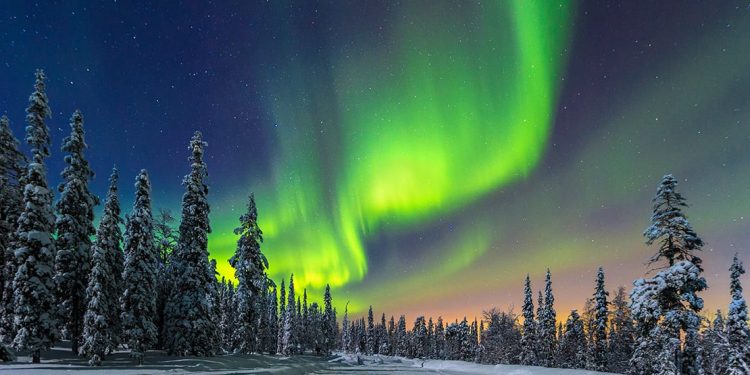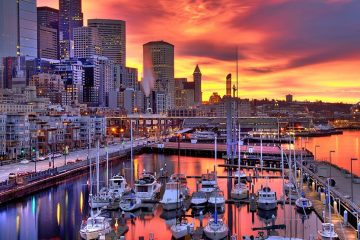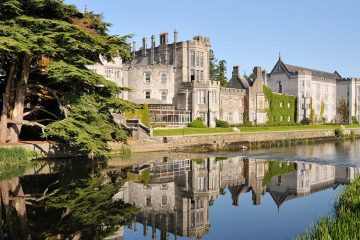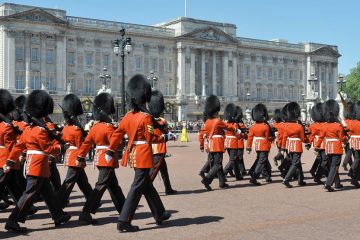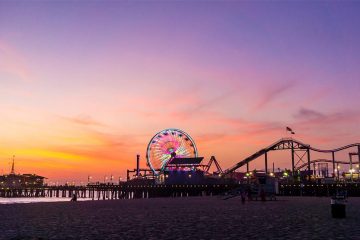Where to See the Northern Lights: One of the Most Surreal Experiences the World Has to Offer
The Best Places to Witness this Beautiful Phenomenon
Nature’s very own light show is one of the most wondrous events you can ever witness. The Northern Lights are a surreal display of neon colors in the sky, appearing during the colder months in certain places in the Northern Hemisphere.
Chasing the Aurora Borealis is the pursuit of many travelers, but seeing the lights depends on many factors — location, timing, weather and a bit of luck. You can increase your chances of seeing the lights by heading to the right spots (then keep your fingers crossed for good measure). Even if you don’t see the lights, these locations are also incredible stargazing destinations, so maybe you’ll at least get a clear view of the Milky Way and a handful of shooting stars.
Pack your warm clothes and have your camera at the ready; when it comes to where to see the Northern Lights, these are the best places in the world.
Finnish Lapland, Finland
In Finnish Lapland, the Northern Lights are visible for approximately 200 nights a year. What makes Finland so special for viewing the lights isn’t just the frequency, however, but the style in which you can see them.
Finland has crafted a whole sector of accommodations around viewing the Aurora Borealis, ranging from glass igloos to luxury, glass-walled hotel suites. If seeing the Northern Lights is high on your bucket list, but you aren’t partial to the cold, Finland might be the destination for you.
You can lie back and relax in comfort as you stare up at the dark winter sky and wait for the lights to appear.
For a more adventurous experience, you can also go looking for the lights in a more traditional way — on a dog sled tour, snowshoeing or cross-country skiing.
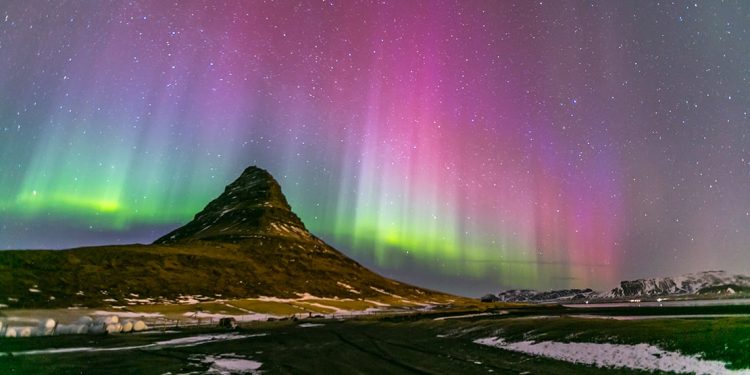
Reykjavik, Iceland
One of the most popular destinations for spotting the Northern Lights is Iceland. The country is already mystical enough, but the aurorae will take your Icelandic experience to a whole different level of surreal.
You will need full, dark nights to get a good look at the lights, so that means visiting between September and April. The short, cold days will be worthwhile when you get a look at the lights flickering across the horizon.
From November to February, the weather is more likely to be wet or snowy, obscuring the skies and dashing your hopes of seeing the colors flash across the sky. When possible, allow a few nights for spotting the lights — then you can try again if you don’t see them the first night you go out.
From Reykjavik you can take tours to various spots across Iceland, visiting plenty of sights along the way. The fact that there are innumerable breathtaking things to do in Iceland means even if you don’t catch the lights, you’ll have plenty of other great memories from the trip to reflect on.
Travel is enlivening, so it's no surprise that it can do wonders for your love life. These romantic destinations in the US are perfect for doing just that.
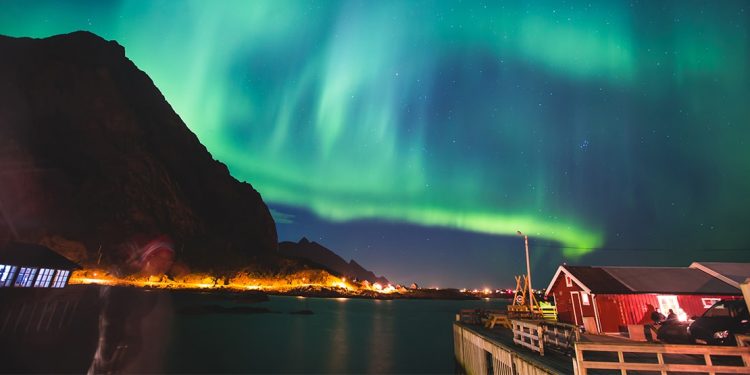
Tromso, Norway
The Northern Lights are caused by electrically charged particles being flung down from the sun and colliding with gases in the Earth’s atmosphere. The particles are drawn to the North and South poles by magnetic fields, which is why they are only visible at the extremities of the Earth.
The closer you are to the Arctic Circle, the better your chances of seeing the lights. You can’t travel much further north than Norway, so this is one of the best countries for viewing the Northern Lights.
Tromso is a city far north of the Arctic Circle. A beautiful town in its own right, it makes an ideal base for seeing the Northern Lights.
The polar night phenomenon in Norway usually makes the Northern Lights easy to see, with the best time to go between October and March.

